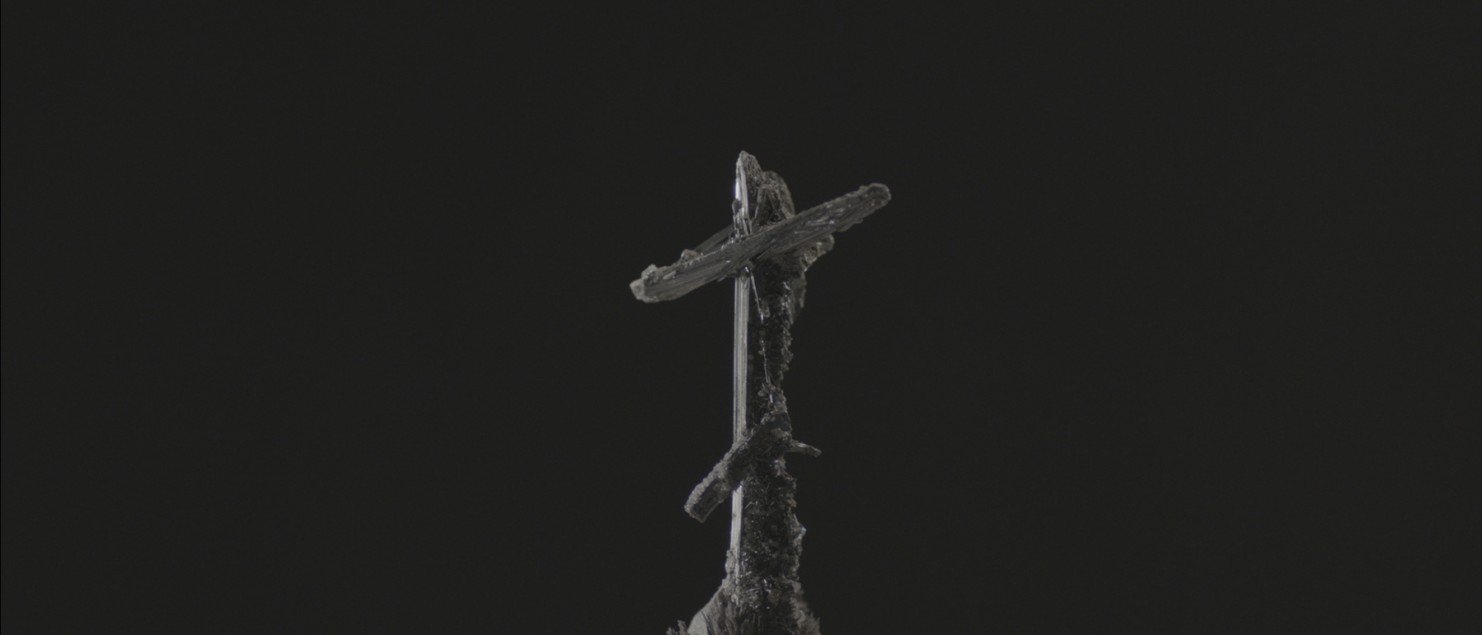On Jiang Zhi
Jiang Zhi
Jiang Zhi (°1971, Hunan, China) makes paintings, photos, media art and installations. By taking daily life as subject matter while commenting on the everyday aesthetic of middle class values, Jiang Zhi creates intense personal moments masterfully created by means of rules and omissions, acceptance and refusal, luring the viewer round and round in circles.
His practice provides a useful set of allegorical tools for manoeuvring with a pseudo-minimalist approach in the world of painting: these meticulously planned works resound and resonate with images culled from the fantastical realm of imagination. By contesting the division between the realm of memory and the realm of experience, he wants to amplify the astonishment of the spectator by creating compositions or settings that generate tranquil poetic images that leave traces and balances on the edge of recognition and alienation.
His works are often classified as part of the new romantic movement because of the desire for the local in the unfolding globalized world. However, this reference is not intentional, as this kind of art is part of the collective memory. With a subtle minimalistic approach, he absorbs the tradition of remembrance art into daily practice. This personal follow-up and revival of a past tradition is important as an act of meditation.
His works appear as dreamlike images in which fiction and reality meet, well-known tropes merge, meanings shift, past and present fuse. Time and memory always play a key role. By examining the ambiguity and origination via retakes and variations, he seduces the viewer into a world of ongoing equilibrium and the interval that articulates the stream of daily events. Moments are depicted that only exist to punctuate the human drama in order to clarify our existence and to find poetic meaning in everyday life.
His works are an investigation into representations of (seemingly) concrete ages and situations as well as depictions and ideas that can only be realized in painting. By exploring the concept of landscape in a nostalgic way, he makes work that deals with the documentation of events and the question of how they can be presented. The work tries to express this with the help of physics and technology, but not by telling a story or creating a metaphor.
His works doesn’t reference recognisable form. The results are deconstructed to the extent that meaning is shifted and possible interpretation becomes multifaceted. By referencing romanticism, grand-guignolesque black humour and symbolism, he investigates the dynamics of landscape, including the manipulation of its effects and the limits of spectacle based on our assumptions of what landscape means to us. Rather than presenting a factual reality, an illusion is fabricated to conjure the realms of our imagination.
His collected, altered and own works are being confronted as aesthetically resilient, thematically interrelated material for memory and projection. The possible seems true and the truth exists, but it has many faces, as Hanna Arendt cites from Franz Kafka. By emphasising aesthetics, he often creates work using creative game tactics, but these are never permissive. Play is a serious matter: during the game, different rules apply than in everyday life and even everyday objects undergo transubstantiation.
His works never shows the complete structure. This results in the fact that the artist can easily imagine an own interpretation without being hindered by the historical reality. By applying a poetic and often metaphorical language, he tries to increase the dynamic between audience and author by objectifying emotions and investigating the duality that develops through different interpretations.
His works are characterised by the use of everyday objects in an atmosphere of middleclass mentality in which recognition plays an important role. By experimenting with aleatoric processes, he creates work through labour-intensive processes which can be seen explicitly as a personal exorcism ritual. They are inspired by a nineteenth-century tradition of works, in which an ideal of ‘Fulfilled Absence’ was seen as the pinnacle.
His works sometimes radiate a cold and latent violence. At times, disconcerting beauty emerges. The inherent visual seductiveness, along with the conciseness of the exhibitions, further complicates the reception of their manifold layers of meaning. With Plato’s allegory of the cave in mind, he formalizes the coincidental and emphasizes the conscious process of composition that is behind the seemingly random works. The thought processes, which are supposedly private, highly subjective and unfiltered in their references to dream worlds, are frequently revealed as assemblages.
His works feature coincidental, accidental and unexpected connections which make it possible to revise art history and, even better, to complement it. Combining unrelated aspects lead to surprising analogies. By applying abstraction, he creates work in which a fascination with the clarity of content and an uncompromising attitude towards conceptual and minimal art can be found. The work is aloof and systematic and a cool and neutral imagery is used.
His works establish a link between the landscape’s reality and that imagined by its conceiver. These works focus on concrete questions that determine our existence. Jiang Zhi currently lives and works in Beijing.
